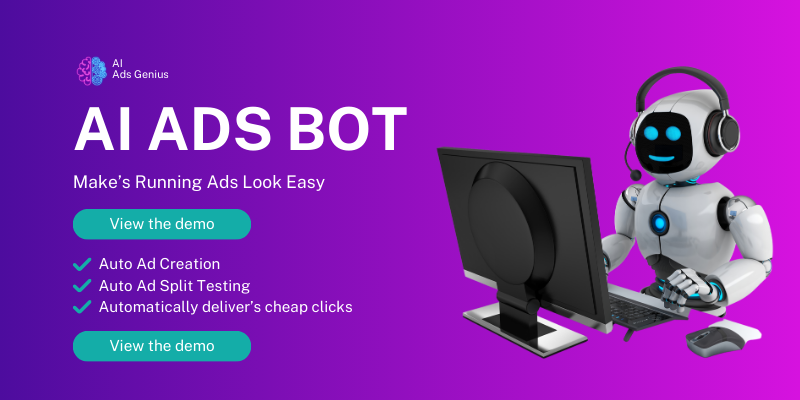Understanding Google Ads Basics
What is Google Ads?
Google Ads is essentially an online advertising platform where you can create ad campaigns to promote your business. It operates on a pay-per-click model, meaning you only pay when someone clicks your ad. This model helps you manage your budget effectively. When I first dipped my toes in this world, everything felt like a giant puzzle of keywords and bidding strategies!
It’s crucial to understand the different types of campaigns you can run, like Search, Display, Video, and Shopping ads. Each serves different marketing goals. I began with Search ads, as they felt more straightforward and helped me target people looking for specific products or services. The learning curve can be steep, but it’s absolutely rewarding.
Don’t underestimate the power of research either. Knowing what your audience is searching for and how they behave online will help you create more effective ads. This is where tools like Google Keyword Planner come in handy. They’re a goldmine for finding the right keywords!
Setting Up Your Google Ads Account
Creating Your Account
Setting up your Google Ads account is actually quite simple. Just head over to the Google Ads homepage and sign up. You’ll need a Google account, so if you’ve got Gmail, you’re halfway there! I remember how excited I was, but also a little overwhelmed by all the options available.
When you’re creating your account, you’ll be asked a few questions to determine your advertising goals. Are you looking for website traffic, leads, or sales? Answering these honestly will guide Google in creating the best advertising experience for you.
Once your account is created, take time to familiarize yourself with the dashboard. It’s user-friendly, but it packs in a lot of information! I made it a habit to spend at least a few minutes each day just exploring its features and understanding what everything meant.
Keyword Research and Selection
Finding the Right Keywords
Now let’s talk keywords! This is a game changer in Google Ads success. You need to know what terms potential customers might use to find your products or services. I usually start with brainstorming a list based on what I think people would search for.
Next, I jump into Google Keyword Planner, which is a free tool provided by Google. It helps you expand your list with suggestions and gives you insights on how many people search for those keywords monthly. This tool helped me find some hidden gems that I would’ve never thought of!
Prioritize keywords that have a high search volume but lower competition. This balance can give you more visibility without blowing your budget. I’ve spent hours tinkering with my keyword list, tweaking until I felt I had struck gold.
Crafting Your Ads
Writing Effective Ad Copy
Alright, so you’ve got your keywords, now it’s time to craft those ads! Writing compelling ad copy can feel daunting at first, but it’s like telling a short story that grabs attention. Your headline is key; make it catchy but relevant to your keywords.
As I learned, including a clear call to action (CTA) is vital. Phrases like “Shop Now” or “Get a Free Quote” can drive more clicks. I personally found that experimenting with different CTAs helped improve my ad performance significantly.
Also, make sure to highlight what makes your business unique. Whether it’s a fantastic discount, free shipping, or exceptional customer service, let your audience know why they should click on your ad rather than the others they see!
Monitoring and Optimizing Campaigns
Tracking Performance
Once your ads are live, the real fun begins! It’s important to monitor their performance regularly. Google Ads provides a wealth of data, from click-through rates (CTR) to conversion rates. I initially felt overwhelmed by all those numbers, but I slowly learned to focus on the key metrics.
An important document to keep in mind is your Quality Score, which measures the relevance of your keywords and ads. A higher Quality Score can lead to lower costs per click and better ad placements. So, keep tweaking things based on what the data tells you.
Finally, don’t be afraid to make changes to your campaigns. Whether it’s adjusting bids, switching out ad copy, or testing new keywords, it’s all part of the journey in perfecting your Google Ads strategy. Remember, it’s an ongoing process!
FAQ
1. Can I really manage Google Ads on my own?
Absolutely! Many small businesses are running successful Google Ads campaigns without any agency help. With some research and patience, you can learn how to navigate the platform effectively.
2. How much should I spend on Google Ads?
The amount you should spend varies based on your goals and industry. A good starting point is to set a monthly budget that you’re comfortable with and scale it as you see results.
3. What is the best ad format for beginners?
Search ads are typically the best for beginners. They are straightforward and let you target users actively searching for what you offer.
4. How do I know if my ads are successful?
Success can be measured through various metrics, including CTR, conversion rates, and overall return on ad spend (ROAS). Keep an eye on these metrics to gauge performance.
5. Can I get help if I get stuck?
Definitely! Google offers a comprehensive help center, and there are plenty of online communities and forums where you can ask questions and seek assistance.

